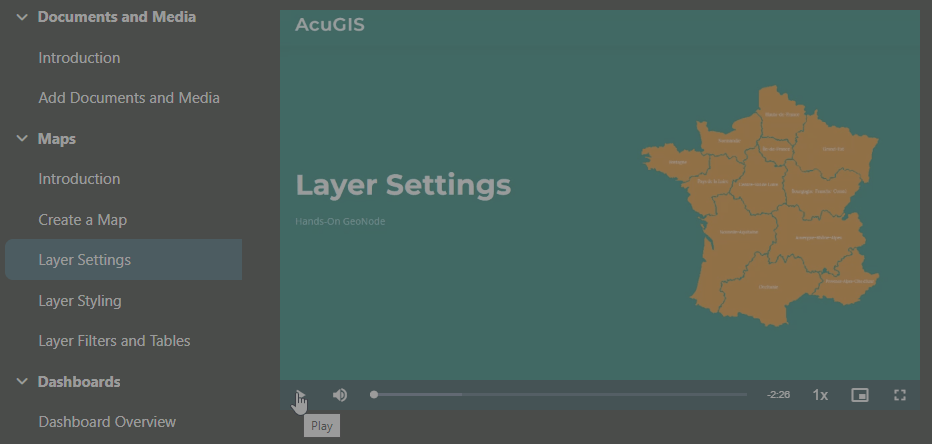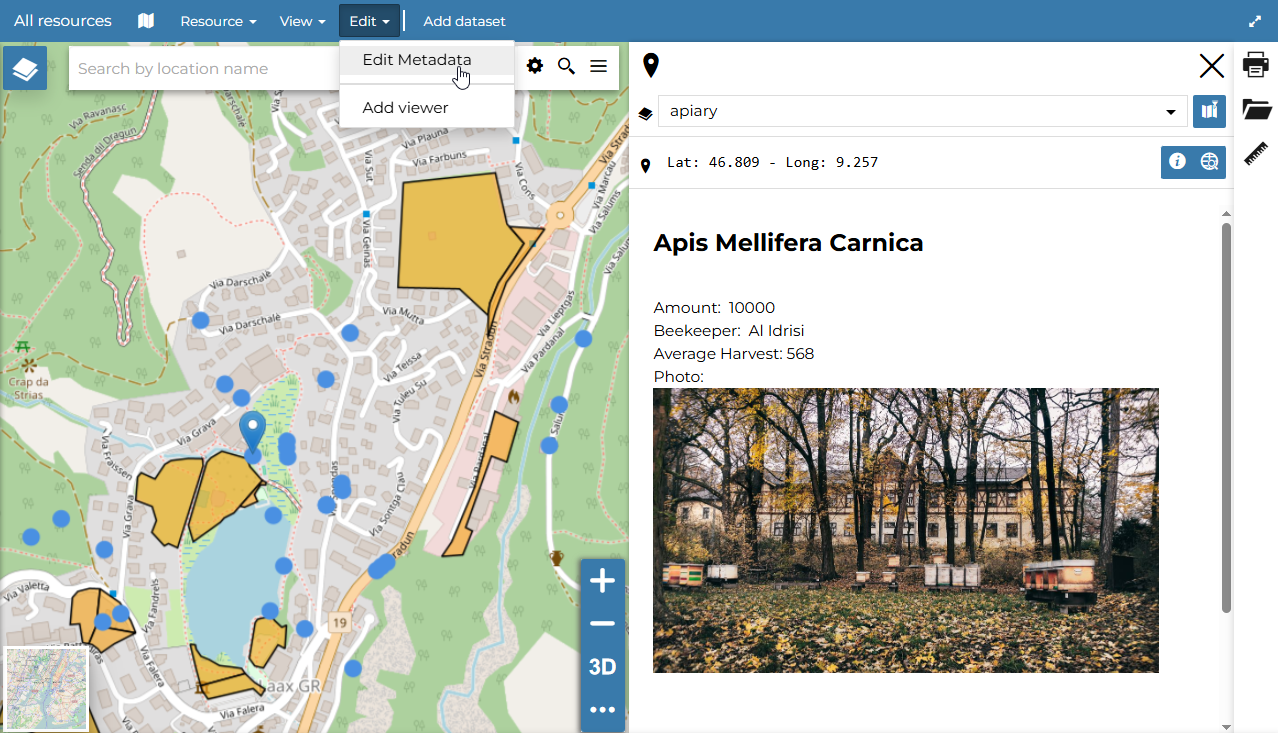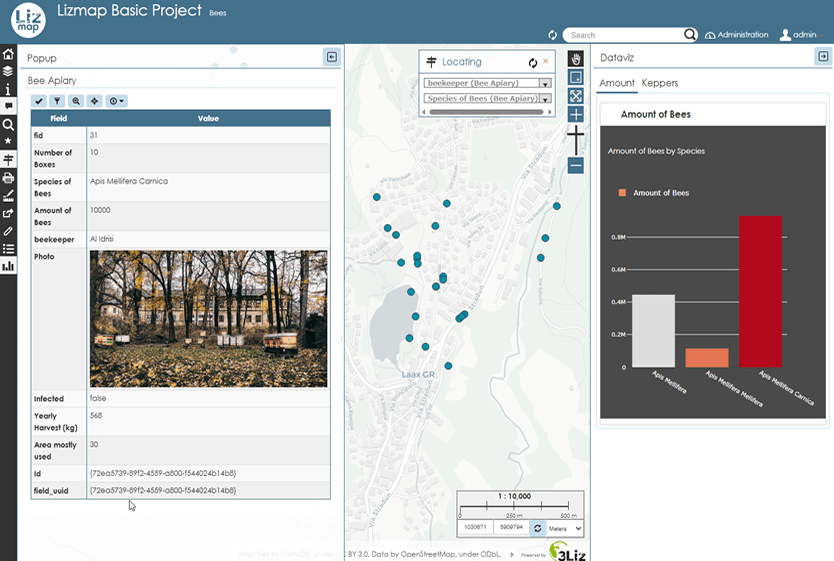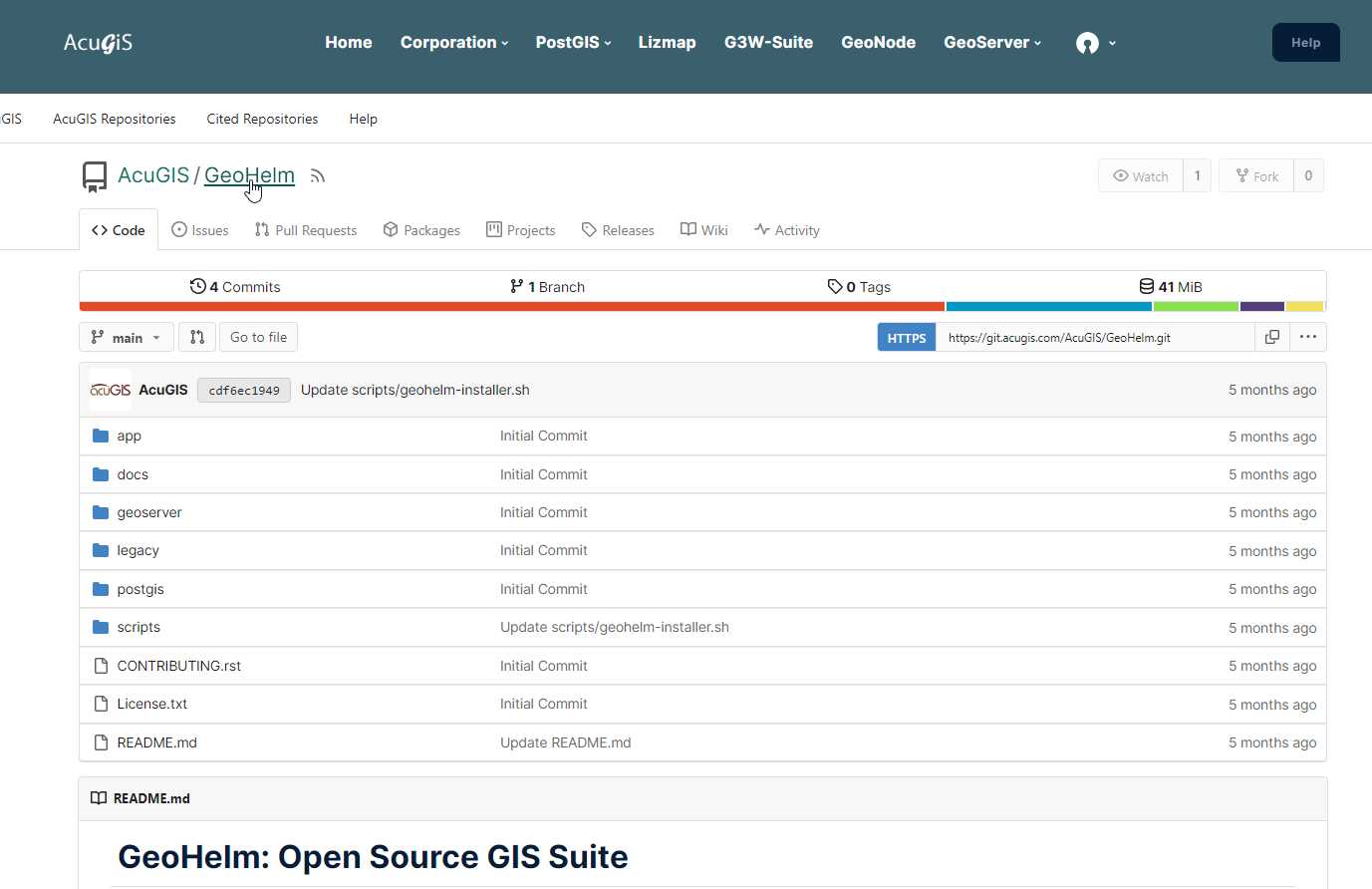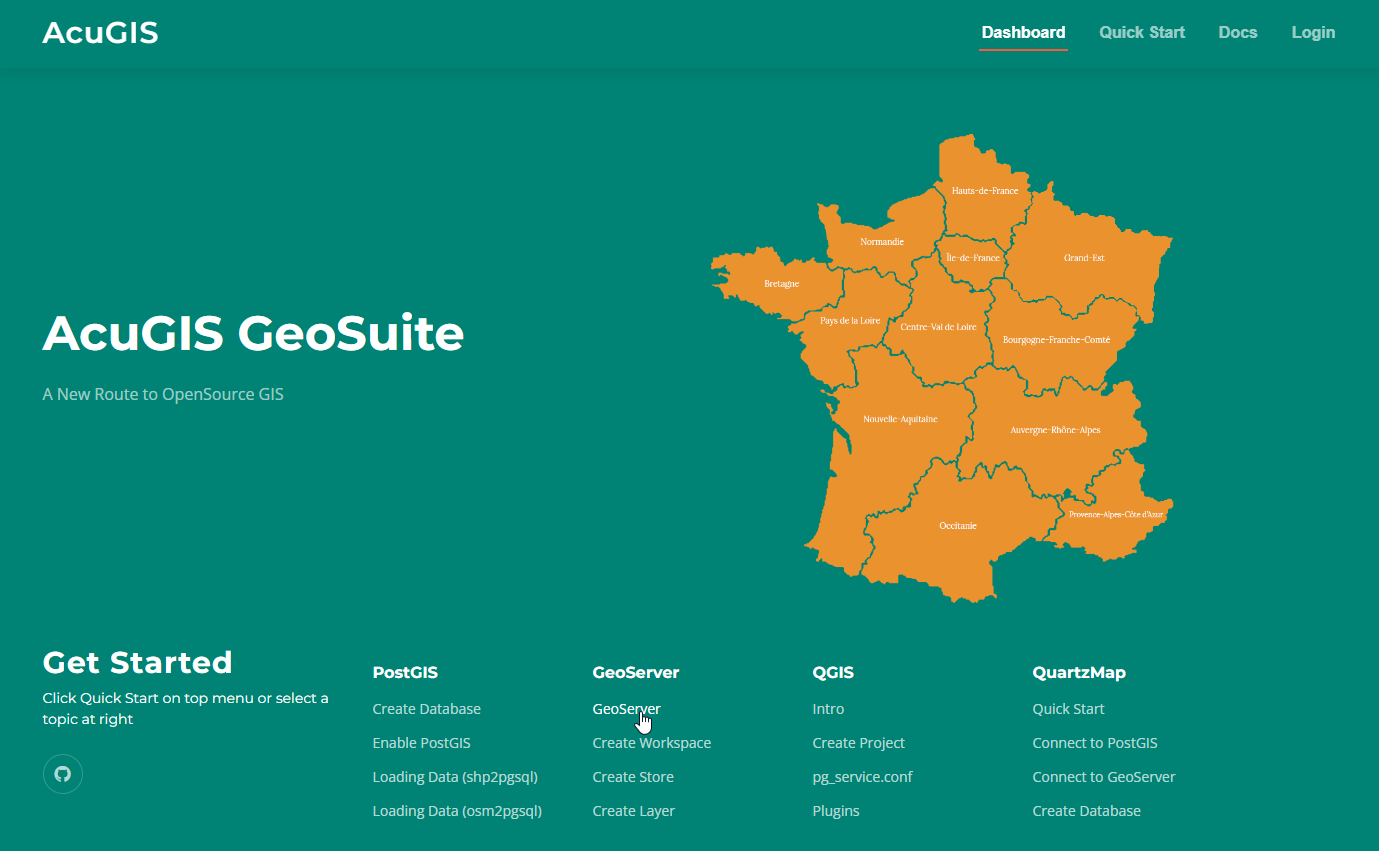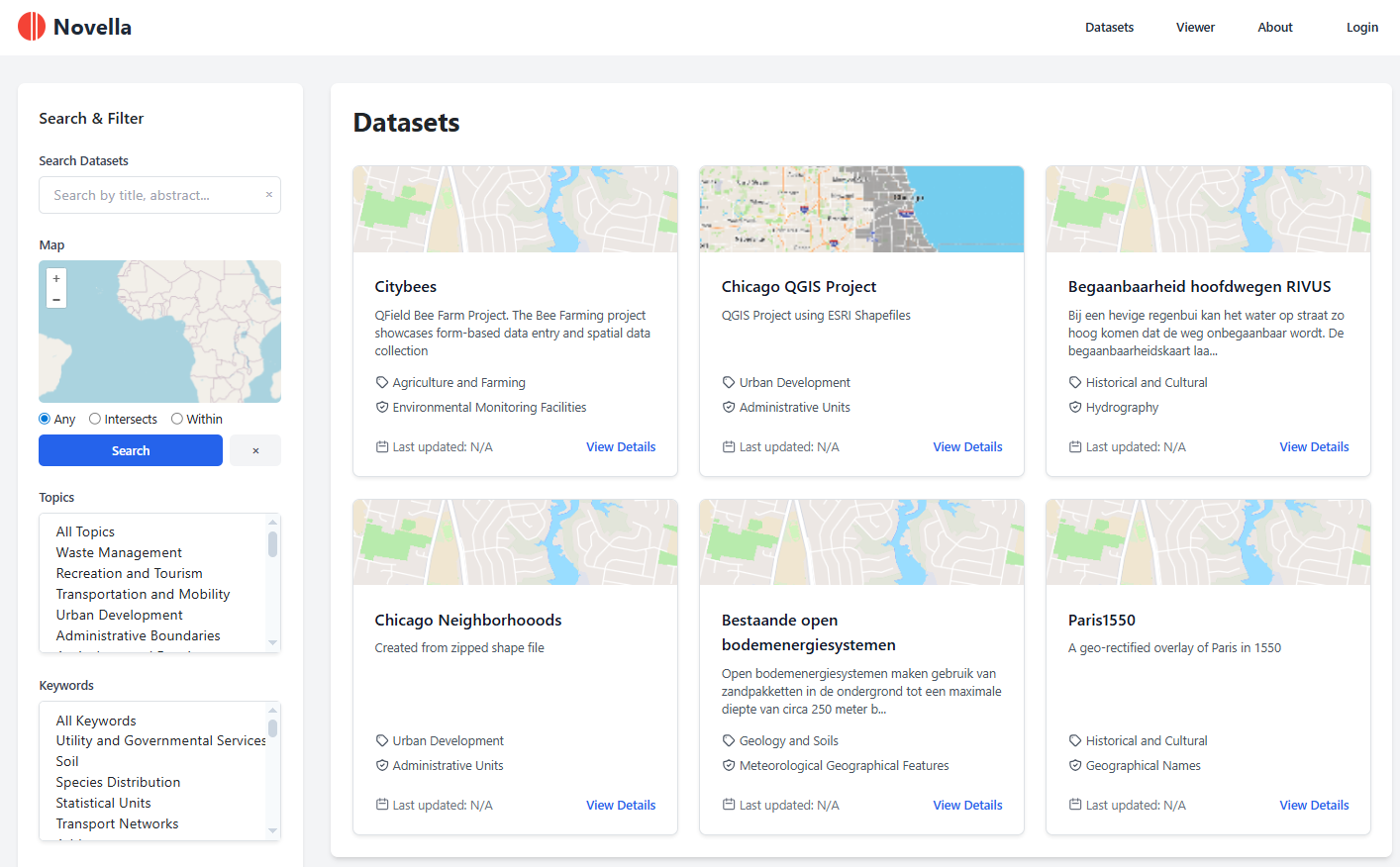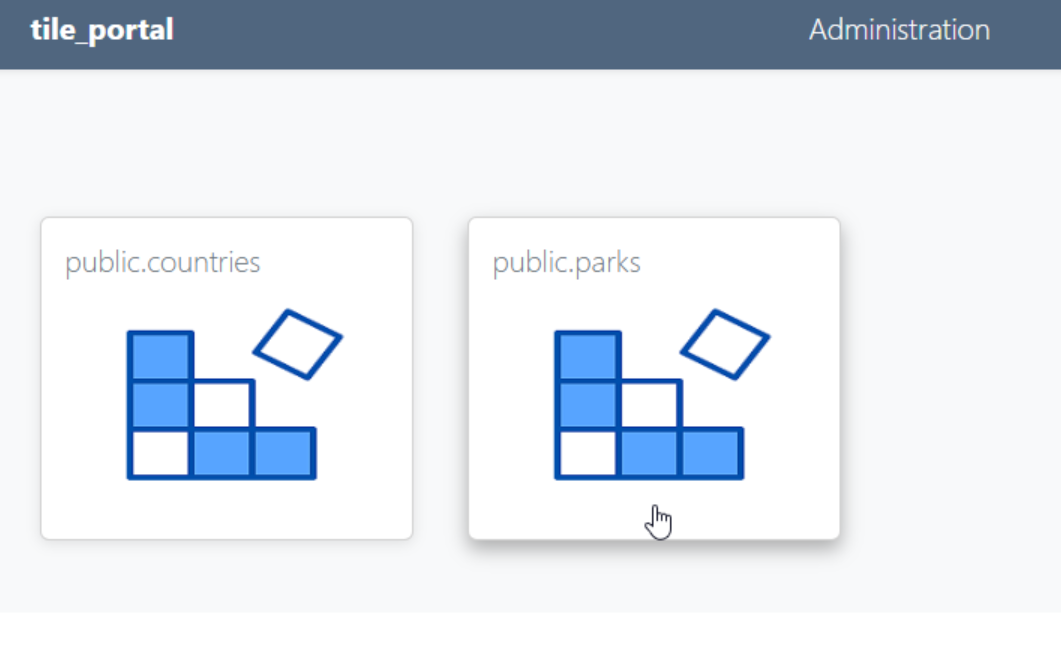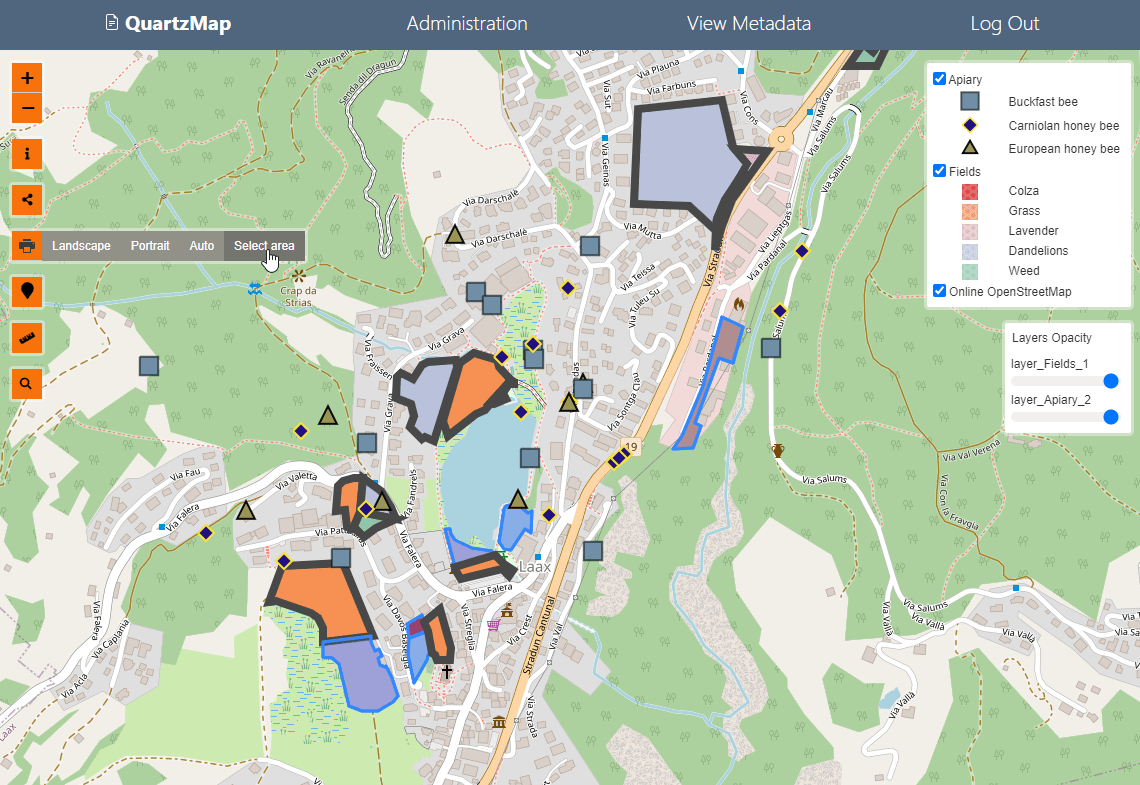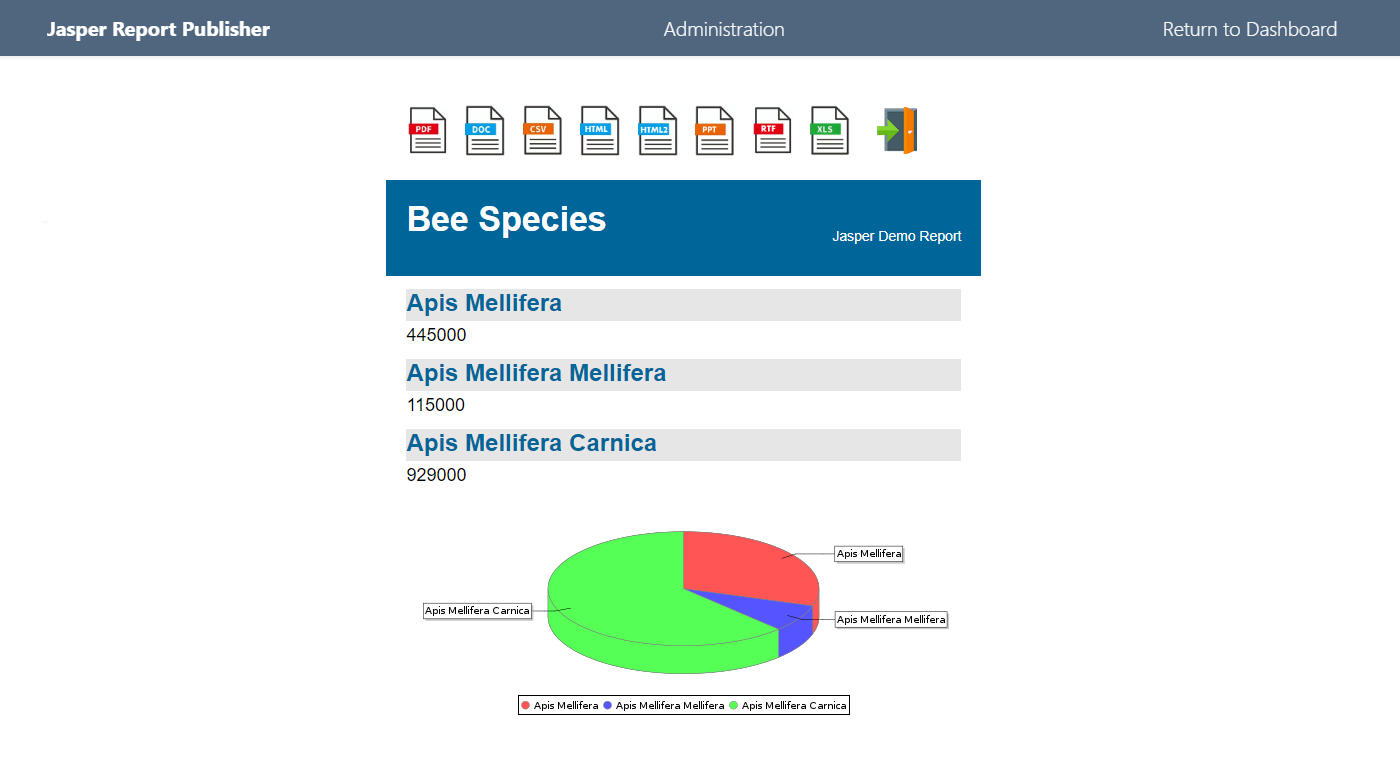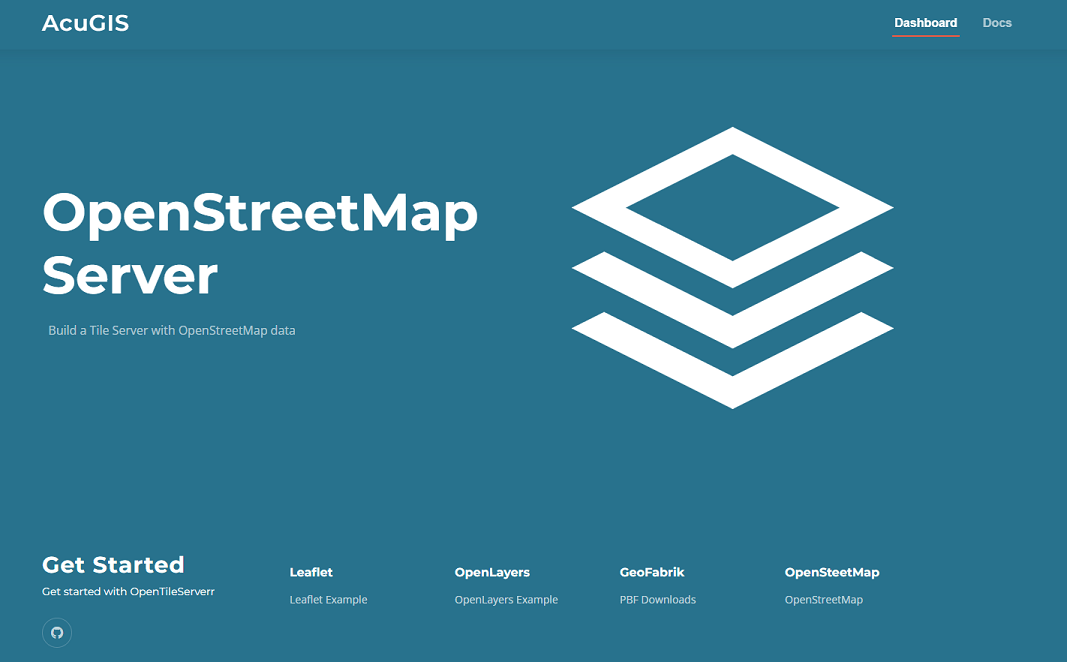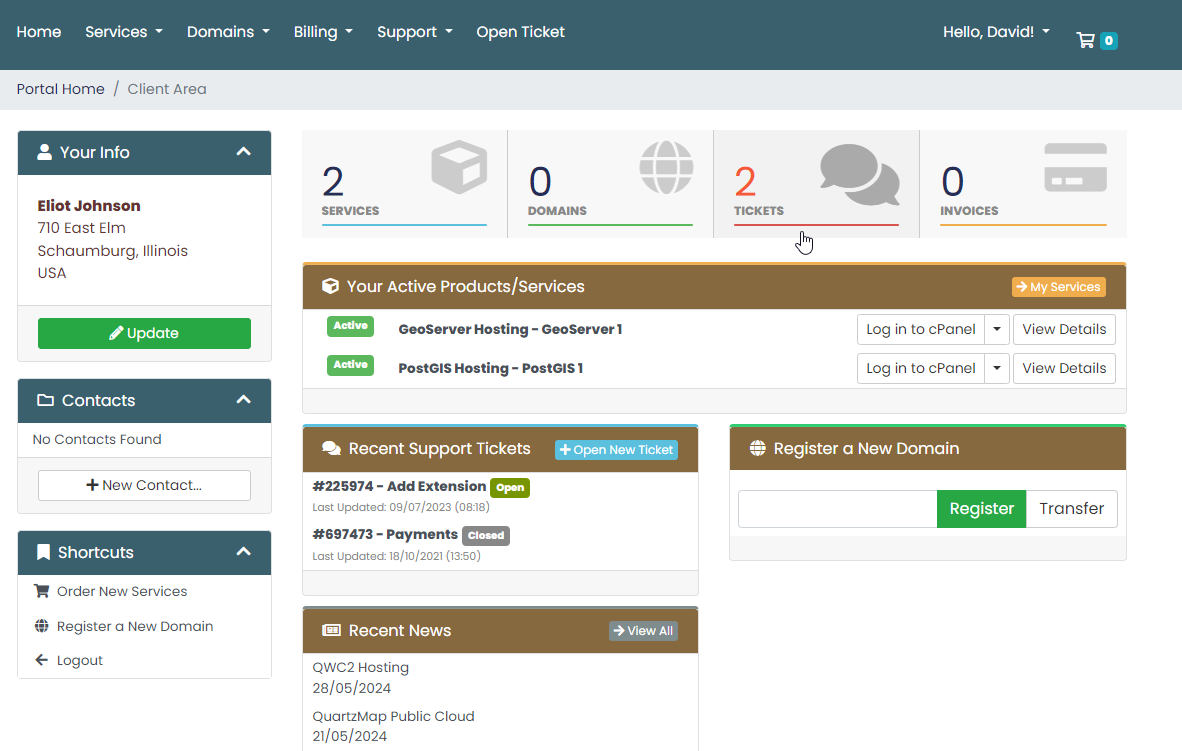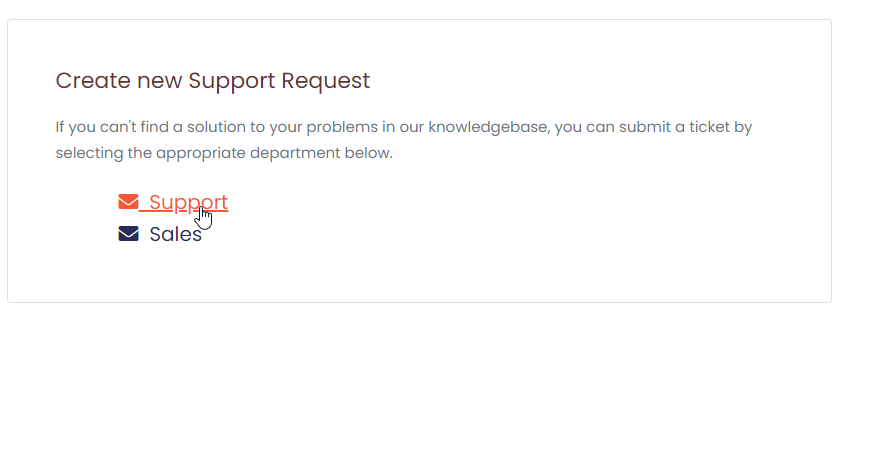|
<!DOCTYPE html>
|
|
<html>
|
|
<head>
|
|
<meta charset="utf-8">
|
|
<link rel="shortcut icon" type="image/ico" href="http://www.datatables.net/favicon.ico">
|
|
<meta name="viewport" content="initial-scale=1.0, maximum-scale=2.0">
|
|
|
|
<title>Scroller example - Client-side data source (50,000 rows)</title>
|
|
<link rel="stylesheet" type="text/css" href="../../../media/css/jquery.dataTables.css">
|
|
<link rel="stylesheet" type="text/css" href="../css/dataTables.scroller.css">
|
|
<link rel="stylesheet" type="text/css" href="../../../examples/resources/syntax/shCore.css">
|
|
<link rel="stylesheet" type="text/css" href="../../../examples/resources/demo.css">
|
|
<style type="text/css" class="init">
|
|
|
|
</style>
|
|
<script type="text/javascript" language="javascript" src="../../../media/js/jquery.js"></script>
|
|
<script type="text/javascript" language="javascript" src="../../../media/js/jquery.dataTables.js"></script>
|
|
<script type="text/javascript" language="javascript" src="../js/dataTables.scroller.js"></script>
|
|
<script type="text/javascript" language="javascript" src="../../../examples/resources/syntax/shCore.js"></script>
|
|
<script type="text/javascript" language="javascript" src="../../../examples/resources/demo.js"></script>
|
|
<script type="text/javascript" language="javascript" class="init">
|
|
|
|
|
|
$(document).ready(function() {
|
|
var data = [];
|
|
for ( var i=0 ; i<50000 ; i++ ) {
|
|
data.push( [ i, i, i, i, i ] );
|
|
}
|
|
|
|
var oTable = $('#example').dataTable( {
|
|
data: data,
|
|
deferRender: true,
|
|
dom: "frtiS",
|
|
scrollY: 200,
|
|
scrollCollapse: true
|
|
} );
|
|
} );
|
|
|
|
|
|
</script>
|
|
</head>
|
|
|
|
<body class="dt-example">
|
|
<div class="container">
|
|
<section>
|
|
<h1>Scroller example <span>Client-side data source (50,000 rows)</span></h1>
|
|
|
|
<div class="info">
|
|
<p>This example is completely artificial in that the data generated is created on the client-side by
|
|
just looping around a Javascript array and then passing that to DataTables. However, it does show quite
|
|
nicely that DataTables and Scroller can cope with large amounts of data on the client-side quite
|
|
nicely. Typically data such as this would be Ajax sourced and server-side processing should be
|
|
considered.</p>
|
|
|
|
<p>Please be aware that the performance of this page will depend on your browser as the array of data
|
|
is generated - for example IE6 will crawl!</p>
|
|
</div>
|
|
|
|
<table id="example" class="display" cellspacing="0" width="100%">
|
|
<thead>
|
|
<tr>
|
|
<th>ID</th>
|
|
<th>First name</th>
|
|
<th>Last name</th>
|
|
<th>ZIP / Post code</th>
|
|
<th>Country</th>
|
|
</tr>
|
|
</thead>
|
|
</table>
|
|
|
|
<ul class="tabs">
|
|
<li class="active">Javascript</li>
|
|
<li>HTML</li>
|
|
<li>CSS</li>
|
|
<li>Ajax</li>
|
|
<li>Server-side script</li>
|
|
</ul>
|
|
|
|
<div class="tabs">
|
|
<div class="js">
|
|
<p>The Javascript shown below is used to initialise the table shown in this
|
|
example:</p><code class="multiline brush: js;">$(document).ready(function() {
|
|
var data = [];
|
|
for ( var i=0 ; i<50000 ; i++ ) {
|
|
data.push( [ i, i, i, i, i ] );
|
|
}
|
|
|
|
var oTable = $('#example').dataTable( {
|
|
data: data,
|
|
deferRender: true,
|
|
dom: "frtiS",
|
|
scrollY: 200,
|
|
scrollCollapse: true
|
|
} );
|
|
} );</code>
|
|
|
|
<p>In addition to the above code, the following Javascript library files are loaded for use in this
|
|
example:</p>
|
|
|
|
<ul>
|
|
<li><a href="../../../media/js/jquery.js">../../../media/js/jquery.js</a></li>
|
|
<li><a href=
|
|
"../../../media/js/jquery.dataTables.js">../../../media/js/jquery.dataTables.js</a></li>
|
|
<li><a href="../js/dataTables.scroller.js">../js/dataTables.scroller.js</a></li>
|
|
</ul>
|
|
</div>
|
|
|
|
<div class="table">
|
|
<p>The HTML shown below is the raw HTML table element, before it has been enhanced by
|
|
DataTables:</p>
|
|
</div>
|
|
|
|
<div class="css">
|
|
<div>
|
|
<p>This example uses a little bit of additional CSS beyond what is loaded from the library
|
|
files (below), in order to correctly display the table. The additional CSS used is shown
|
|
below:</p><code class="multiline brush: js;"></code>
|
|
</div>
|
|
|
|
<p>The following CSS library files are loaded for use in this example to provide the styling of the
|
|
table:</p>
|
|
|
|
<ul>
|
|
<li><a href=
|
|
"../../../media/css/jquery.dataTables.css">../../../media/css/jquery.dataTables.css</a></li>
|
|
<li><a href="../css/dataTables.scroller.css">../css/dataTables.scroller.css</a></li>
|
|
</ul>
|
|
</div>
|
|
|
|
<div class="ajax">
|
|
<p>This table loads data by Ajax. The latest data that has been loaded is shown below. This data
|
|
will update automatically as any additional data is loaded.</p>
|
|
</div>
|
|
|
|
<div class="php">
|
|
<p>The script used to perform the server-side processing for this table is shown below. Please note
|
|
that this is just an example script using PHP. Server-side processing scripts can be written in any
|
|
language, using <a href="//datatables.net/manual/server-side">the protocol described in the
|
|
DataTables documentation</a>.</p>
|
|
</div>
|
|
</div>
|
|
</section>
|
|
</div>
|
|
|
|
<section>
|
|
<div class="footer">
|
|
<div class="gradient"></div>
|
|
|
|
<div class="liner">
|
|
<h2>Other examples</h2>
|
|
|
|
<div class="toc">
|
|
<div class="toc-group">
|
|
<h3><a href="./index.html">Examples</a></h3>
|
|
<ul class="toc active">
|
|
<li><a href="./simple.html">Basic initialisation</a></li>
|
|
<li><a href="./state_saving.html">State saving</a></li>
|
|
<li class="active"><a href="./large_js_source.html">Client-side data source (50,000
|
|
rows)</a></li>
|
|
<li><a href="./server-side_processing.html">Server-side processing (5,000,000
|
|
rows)</a></li>
|
|
<li><a href="./api_scrolling.html">API</a></li>
|
|
</ul>
|
|
</div>
|
|
</div>
|
|
|
|
<div class="epilogue">
|
|
<p>Please refer to the <a href="http://www.datatables.net">DataTables documentation</a> for full
|
|
information about its API properties and methods.<br>
|
|
Additionally, there are a wide range of <a href="http://www.datatables.net/extras">extras</a> and
|
|
<a href="http://www.datatables.net/plug-ins">plug-ins</a> which extend the capabilities of
|
|
DataTables.</p>
|
|
|
|
<p class="copyright">DataTables designed and created by <a href=
|
|
"http://www.sprymedia.co.uk">SpryMedia Ltd</a> © 2007-2014<br>
|
|
DataTables is licensed under the <a href="http://www.datatables.net/mit">MIT license</a>.</p>
|
|
</div>
|
|
</div>
|
|
</div>
|
|
</section>
|
|
</body>
|
|
</html> |

 PostGIS
PostGIS Mobile
Mobile QGIS
QGIS MapBender
MapBender GeoServer
GeoServer GeoNode
GeoNode GeoNetwork
GeoNetwork Novella
Novella Solutions
Solutions



